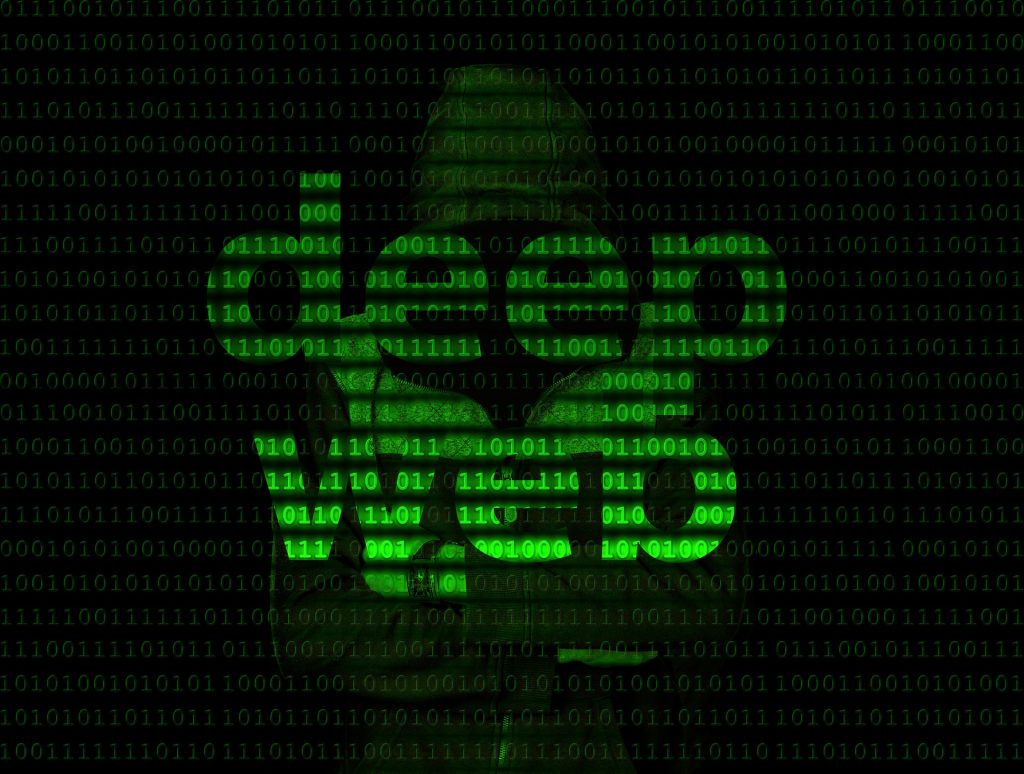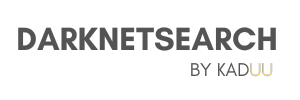➤Summary

The internet has become an integral part of our lives, providing us with easy access to information and services from all around the world. However, not all parts of the internet are easily accessible or visible to the public. The terms “Dark Web,” “Deep Web,” and “Darknet” are often used interchangeably, but they actually refer to different parts of the internet with distinct characteristics and purposes. In this blog post, we will explore what the Dark Web, Deep Web, and Darknet are, their differences, and some examples of applications or websites. Additionally, we will discuss how Dark- and Deep Web monitoring can help organizations mitigate cyber risks.
What is the Dark Web?
The Dark Web refers to a part of the internet that is intentionally hidden from search engines and requires specific software, configurations, or authorization to access. The content on the Dark Web is not indexed by search engines like Google, and it is only accessible through specialized browsers like Tor, I2P, or Freenet. Tor (The Onion Router) is the most popular browser for accessing the Dark Web, which allows users to browse anonymously by encrypting their internet traffic and routing it through a network of servers operated by volunteers. The Dark Web is often associated with illegal activities, such as drug trafficking, weapons trading, hacking, and child pornography, but it also hosts some legitimate services like anonymous whistleblowing, privacy-focused communication tools, and online marketplaces for sensitive goods and services.
One of the most notorious examples of Dark Web websites was Silk Road. Silk Road enabled users to buy and sell illegal drugs, firearms, and hacking tools using Bitcoin, a decentralized cryptocurrency that provided anonymity to the transactions. The founder of Silk Road, Ross Ulbricht, was eventually arrested and sentenced to life in prison for various charges, including money laundering, computer hacking, and drug trafficking. There have been numberous movies about Ross Ulbricht. Silk Road was finally shut down, but numerous other similar sites have emerged in its place.
What is the Deep Web?
The Deep Web refers to the part of the internet that is not indexed by search engines and is not accessible through standard web browsers. The Deep Web includes any web pages that require a login, are behind a paywall, or are hidden behind web forms. For example, online banking websites, private email servers, and academic databases are all part of the Deep Web. The content on the Deep Web is not necessarily illegal or malicious, but it is hidden from public view for various reasons, including privacy, security, and exclusivity.
One example of a Deep Web application is the Electronic Health Record (EHR) system used by healthcare providers. EHR systems contain sensitive patient information, such as medical histories, lab results, and prescriptions, which are protected by HIPAA (Health Insurance Portability and Accountability Act) regulations. EHR systems are not accessible to the public or search engines, and they require authentication and authorization to access. EHR systems provide healthcare providers with easy access to patient information, but they also pose security risks if they are not properly secured or monitored.
What is the Darknet?
The Darknet is a part of the internet that can only be accessed through specific software, configurations, or authorization and is often used for illegal or malicious activities. The Darknet is similar to the Dark Web, but it typically refers to private networks or overlay networks that are not accessible through the public internet. The Darknet is often used for peer-to-peer file sharing, whistleblowing, and communication among cybercriminals. The content on the Darknet is not necessarily illegal or malicious, but it is often hidden from public view for various reasons, including privacy, security, and anonymity.
One example of a Darknet application is The Pirate Bay, a file-sharing platform that allows users to share copyrighted content, such as movies, music, and software, without permission from the copyright holders. The Pirate Bay is not accessible through standard web browsers and requires a specialized browser like Tor to access. The Pirate Bay has faced numerous legal challenges and shutdowns, but it continues to operate through various mirror sites and domain names.
Differences Between Dark Web, Deep Web, and Darknet
To summarize, the Dark Web, Deep Web, and Darknet are distinct parts of the internet with different characteristics and purposes. The Dark Web refers to hidden websites and services that are not indexed by search engines and require specific software or authorization to access. The Deep Web refers to websites and services that are not accessible through standard web browsers and require a login or authorization to access. The Darknet refers to private networks or overlay networks that are not accessible through the public internet and are often used for illegal or malicious activities.
How Dark- and Deep Web Monitoring Can Assist in Mitigating Cyber Risks for Organizations
Organizations face numerous cyber risks, including data breaches, insider threats, and ransomware attacks. Cybercriminals often use the Dark Web and Darknet to sell stolen data, exploit vulnerabilities, and communicate with each other. Dark- and Deep Web monitoring can help organizations detect and prevent cyber threats by monitoring the internet for mentions of their brand, employees, or sensitive information.
Dark- and Deep Web monitoring tools use specialized algorithms and search techniques to scan the internet for keywords, domain names, and other indicators of compromise. When a potential threat is detected, the monitoring tool sends an alert to the organization’s security team, allowing them to take action before the threat escalates. Dark- and Deep Web monitoring can also help organizations identify potential vulnerabilities and improve their overall security posture.
For example, a financial institution could use Dark- and Deep Web monitoring to detect mentions of its brand, customer information, or insider threats. If an employee is found to be selling customer data on the Dark Web, the monitoring tool could alert the security team, who could then investigate and take action. Similarly, a healthcare provider could use Dark- and Deep Web monitoring to detect potential data breaches or ransomware attacks. If a hacker is found to be selling patient data on the Dark Web, the monitoring tool could alert the security team, who could then take steps to prevent the data from being further compromised.
Conclusion
In conclusion, the Dark Web, Deep Web, and Darknet are distinct parts of the internet with different characteristics and purposes. The Dark Web refers to hidden websites and services that are not indexed by search engines and require specific software or authorization to access. The Deep Web refers to websites and services that are not accessible through standard web browsers and require a login or authorization to access. The Darknet refers to private networks or overlay networks that are not accessible through the public internet and are often used for illegal or malicious activities.
Dark- and Deep Web monitoring can help organizations detect and prevent cyber threats by monitoring the internet for mentions of their brand, employees, or sensitive information. By using Dark- and Deep Web monitoring tools, organizations can improve their overall security posture and protect themselves from cyber attacks.
Your data might already be exposed. Most companies find out too late. Let ’s change that. Trusted by 100+ security teams.
🚀Ask for a demo NOW →Q: What is dark web monitoring?
A: Dark web monitoring is the process of tracking your organization’s data on hidden networks to detect leaked or stolen information such as passwords, credentials, or sensitive files shared by cybercriminals.
Q: How does dark web monitoring work?
A: Dark web monitoring works by scanning hidden sites and forums in real time to detect mentions of your data, credentials, or company information before cybercriminals can exploit them.
Q: Why use dark web monitoring?
A: Because it alerts you early when your data appears on the dark web, helping prevent breaches, fraud, and reputational damage before they escalate.
Q: Who needs dark web monitoring services?
A: MSSP and any organization that handles sensitive data, valuable assets, or customer information from small businesses to large enterprises benefits from dark web monitoring.
Q: What does it mean if your information is on the dark web?
A: It means your personal or company data has been exposed or stolen and could be used for fraud, identity theft, or unauthorized access immediate action is needed to protect yourselfsssss.

Leave a Reply